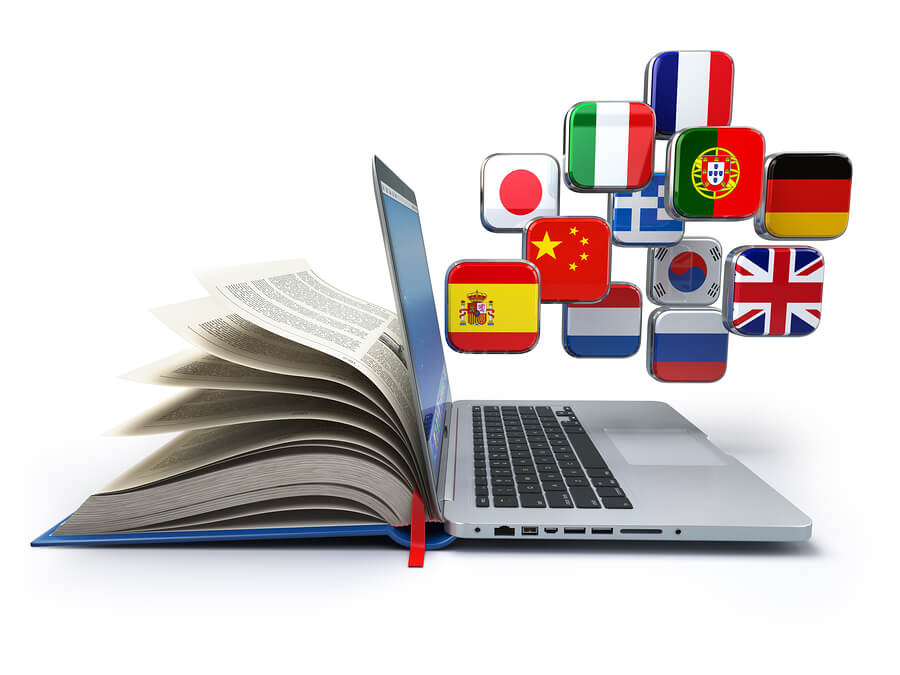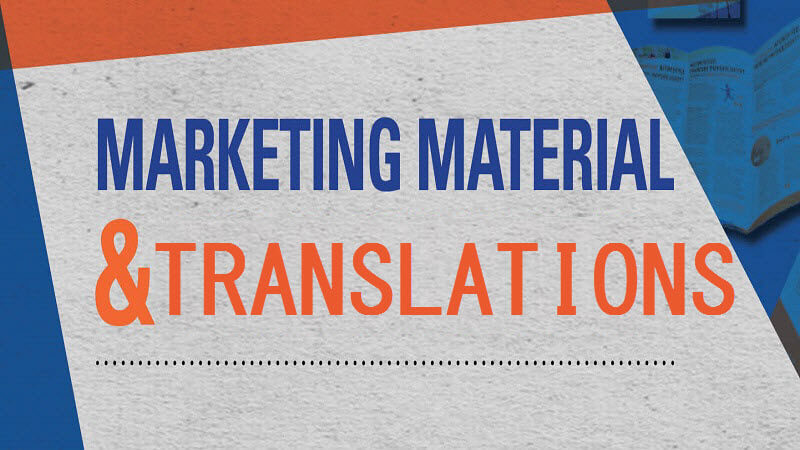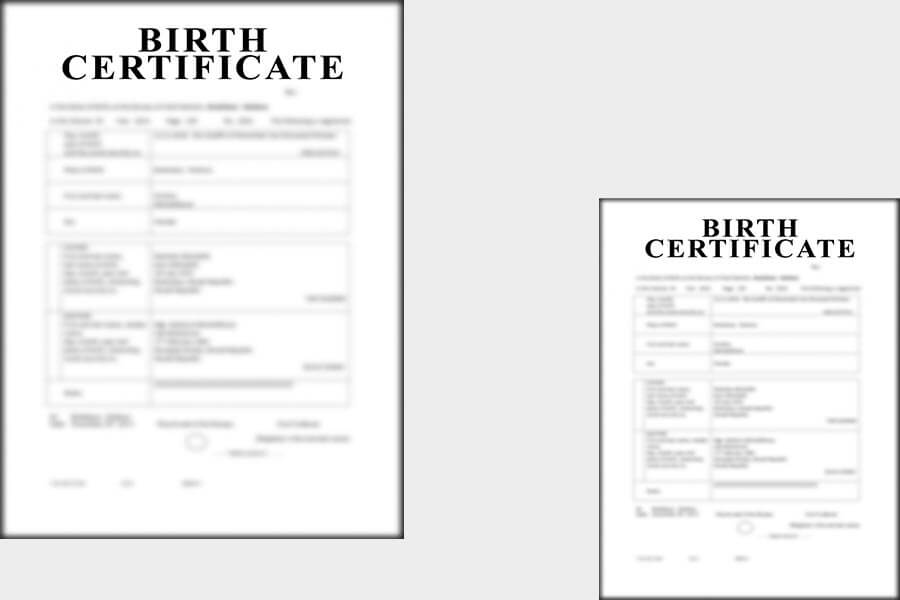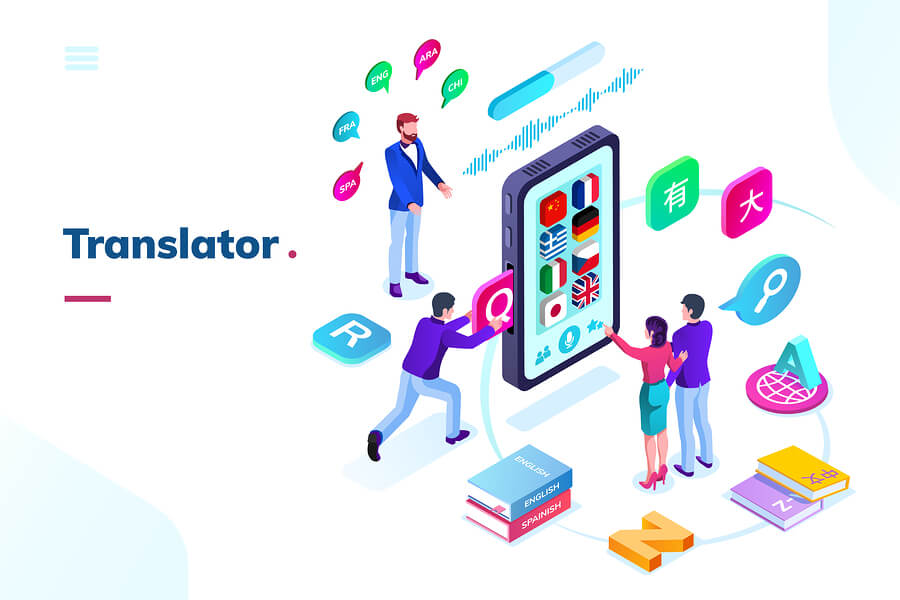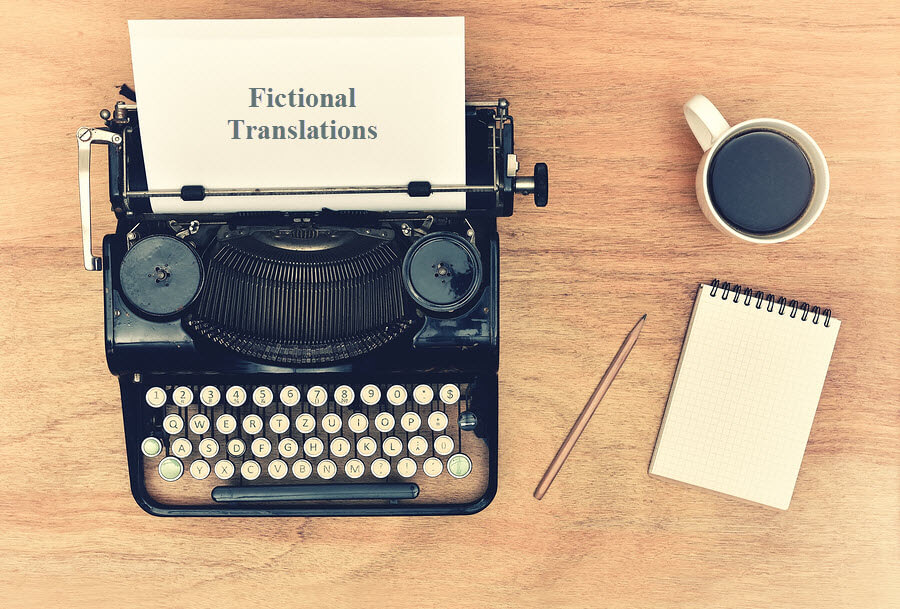Businesses that have substantial international penetration have to get on top of language barriers and cultural nuances to be sure of success. When marketing their products, whether this is via their websites, or through more traditional advertising, there are key benefits of content localization if there is going to be any expectation of international audience engagement.
Understanding content localization
Content localization is the conversion of text, video, and graphics used in marketing content into versions that are aimed at a different cultural environment. There used to be a time when businesses assumed that language and culture were more or less constant everywhere in the world, but soon realized that to succeed outside their own home market they had to recognize cultural differences just as much as they have to recognize that the world is multilingual.
Content localization is mainly done by specialized translators who have an in-depth understanding of the individual cultural preferences of the target market for which the material they have been supplied is to be converted. Content localization means:
- translating the words, phrases, logos, and web pages into the distinctive language of the target market, taking into account local dialects and colloquialisms.
- avoiding text that could offend the people for which the marketing is intended; this might mean adapting the messaging to suit religious preferences, ensuring that potential customers are not offended by the use of culturally insensitive
- using phrases and words that resonate more with the intended market.
Enhanced audience engagement
The main objective of content localization is to enhance audience engagement and through this boost the international brand locally and lead to sales growth and greater profits.
Improved user experience
There is considerable evidence from marketing research that individual consumers prefer to inspect and choose marketing messages that are presented in their own language and are culturally appropriate. Businesses that fail to take advantage of content localization soon find that they will lose out to more aggressive marketing by their more savvy competitors.
Increased brand visibility and recognition
When businesses develop their business, they aim to shape a brand so that it becomes synonymous with their products. Brand visibility and recognition are very important aspects of good business practice. International expansion doesn’t mean that the way a brand is recognized in the home base is going to be appropriate everywhere else. Even well-known brands like Coca-Cola and McDonald’s have learned the hard way that their brand messaging has often had to be revised to avoid miscommunication, confusion, indifference, or offense. There are numerous well-known examples of big brands being embarrassed when their marketing messages have failed by not taking into account local cultural preferences.
Access to New Markets and Revenue Opportunities
Content localization as part of preparing business expansion into an international market provides greater access to new markets and revenue opportunities. The ready uptake and use of the internet as well as modern super-fast communication has effectively created a global market. Any business that is used to a local market of several hundred thousand potential customers can now potentially expand its business with access to hundreds of millions of potential customers.
Conclusion
To reach a much wider market, businesses often get to the point where they make the decision to expand internationally. With the huge advantages that digital communication brings to doing business outside traditional boundaries, there is a strong recognition that to succeed in the twenty-first century businesses have to get ahead in an increasingly competitive world by expanding into the global market. Professional translation and localization services are important partners for internationally driven businesses.





